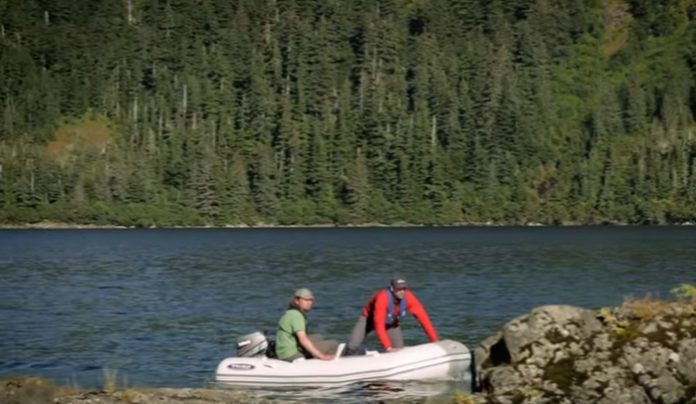In 1989, the Exxon Valdez ran aground in Prince William Sound. This caused 42 million liters of crude oil to be released into the water, which contaminated nearly 2,000 kilometers of shoreline. The environmental impact of this action was immediate and devastating. In the days immediately after the spill, more than 300 harbor seals, 2,000 otters, and a quarter-million sea birds were killed because of the oil contamination.
The Exxon Valdez oil spill environmental impact is often regarded as the worst spill to ever occur due to the events which happened afterward. Some of those effects are still being experienced today, 25+ years after the fact.
1. Some sea life has not returned to Prince William Sound.
Although populations of salmon and sea otters have returned to the area, there are some that have not recovered at all. Orcas have failed to return to the Sound, along with the local herring biomass that was the basis of the commercial fishing industry in the area.
2. Exxon was given a major discount on its damages.
The original award of damages granted by the courts had been $5 billion. After nearly 20 years of litigation, the US Supreme Court agreed to reduce punitive damages to the company to just $500 million. Exxon has also paid about $500 million to 32,000 property owners and commercial fishermen to compensation them for their losses. That comes to about $30,000 per person affected by the oil spill.
3. There have been positive outcomes.
Oil tanker safety has been improved, with laws requiring single-hull tankers to be phased out. Clean-up response teams have been created in many coastal areas to limit damage from a spill. Special tugs are now required to usher tankers through difficult navigational areas, which are supplemented by satellite tracking in sounds and straits.
4. Oil still remains on or under more than 50% of the beaches.
In a 2001 Federal survey of Prince William Sound, it was found that more than half of the beaches in the area were still contaminated by oil, either directly on the beach or underneath it. This is despite Exxon paying more than $1 billion in habitat restoration programs and $2 billion in direct cleanup costs. It is believed that oil levels are reducing at rates of about 4% per year, which means it could take several decades for a complete restoration.
What we have learned from the Exxon Valdez oil spill environment impact is that speed counts. By minimizing the damage early, plant and animal life can be saved and shoreline habitats can be maintained. It is just unfortunate that it took such a disaster to make us realize this.
Crystal Lombardo is a contributing editor for Vision Launch. Crystal is a seasoned writer and researcher with over 10 years of experience. She has been an editor of three popular blogs that each have had over 500,000 monthly readers.


















